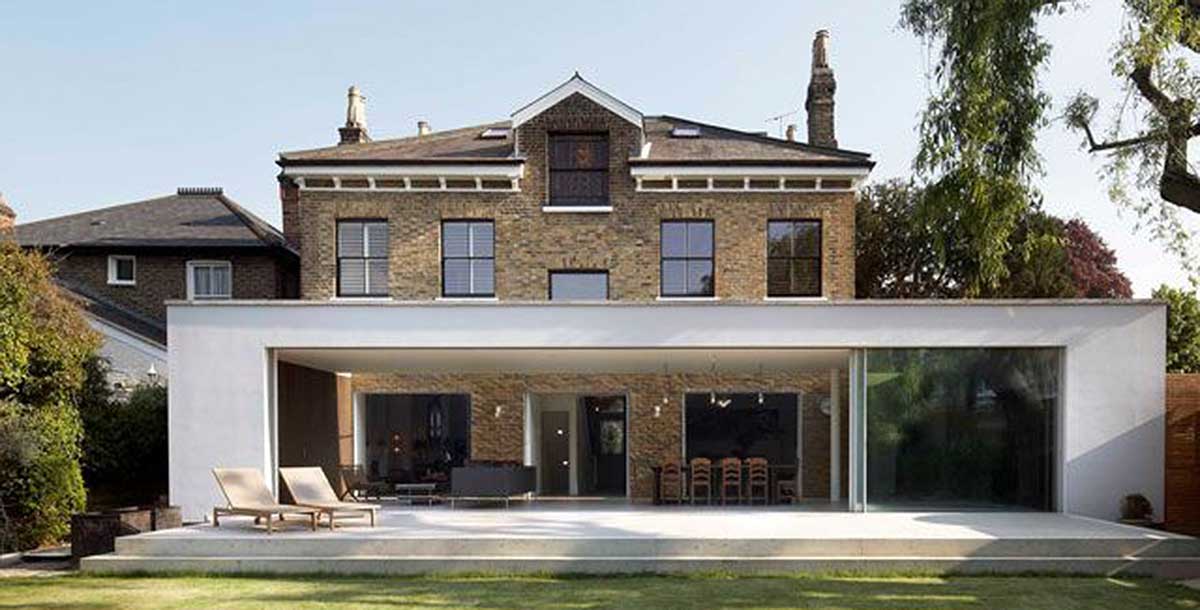Tips for hiring and working with an architect
How to decide on whether you need an architect, the hiring process and how to work with them
When you’re extending or converting your home, one of the biggest decisions you’ll have to make is whether to employ the services of an architect. The HomeOwners Alliance, a consumer property advice website, offers advice on deciding whether you need an architect, how to find an architect, and how to work with them.
How do I know if I need an architect?
Not every project requires the help of an architect. If you have a firm idea of what you want, the project is straightforward and you have a reliable builder to help make your vision a reality then it’s possible you don’t need an architect. Otherwise, an architect can help by understanding what you are trying to achieve and giving you options for delivering it.
They can bring a high level of design insight, flair and experience to your project, and can even help with managing the whole process, getting planning permission and overseeing the different contractors to deliver your vision. But be aware there are a number of advantages and disadvantages to working with an architect – and significant costs involved.

Photo: Found Associates
How do I find an architect?
There’s no shortcut to finding a great architect – you need to shop around. Start by asking friends you trust, as nothing beats a good recommendation. But check they are qualified for the job. While a registered architect would usually do larger projects, architectural technicians or surveyors in a registered architects firm could do smaller home improvements; there are no hard and fast rules.
Anyone calling himself or herself an architect though must be registered with the Architects Registration Board. Many architects are also members of the Royal Institute of British Architects (RIBA) and ‘Chartered Architects’ are those that comply with the RIBA’s strict criteria.
You can use this free instant online tool to find an architect near you. Just input a handful of details about your property and within minutes you’ll be able to see a list of local suppliers that specialise in architectural design.
How do I choose the right architect for my project?
We recommend you discuss your requirements with three or so suppliers and invite them to meet with you at your home or the site of your project. Before the meeting ask them to send you a portfolio and ascertain how they work. Many architects have different styles, so make sure you like their style in previous work when you review their portfolio. For more tips on choosing the right architect click here.
Clever questions to ask your architect
Before you meet with your architect for the first time, write down what you want to achieve as a minimum. One of our members appointed an architect to design her double storey extension with the aim of giving her two children equal sized bedrooms. But this wasn’t conveyed clearly enough from the start, wasting a lot of time on designs that delivered the clients desired en-suite, but in doing so created one much smaller bedroom for one of the children.
The HomeOwners Alliance has questions to help you capture what you want from your architect, the project and what the architect says in the meeting. Using this will ensure you don’t miss any key pieces of advice or to ask key questions, particularly around costs.
Beyond this short form, it would be wise for larger projects to have the builder and architect sign a building contract. A contract is the best way of maintaining a good working relationship and keeping within budget.
RIBA have developed their Domestic Building Contract for homeowners, architects and contractors. It helps all parties agree on a clear brief, sets out what happens if the project changes or there are delays, sets out fees and payment schedule – and all before the works start. It should also cover who is responsible for obtaining various consents and that the correct insurance policies are in place.

Suzanne and Steve Richardson’s 170sqm house near Bury St Edmunds, Suffolk, was designed by Cocoon Architects. Photo: Matt Smith
Minimise the changes
What often causes most stress in projects is the client changing their mind about what they want to do – or simply not making decisions. So make sure that once your plans are drawn up and your contract is in that you stick to the brief. Some changes are inevitable in big projects as it takes shape, but any big changes will set the project back and add to the cost.
So keep your project on track by minimising the changes along the way. Invest as much time and energy as you can at the planning stage working on the details long before the builders start work.
Helpful professional bodies
- British Institute of Interior Design has a useful directory of interior designers, as well as suppliers (020 7628 0255)
- Chartered Institute of Architectural Technologists offers advice on the science of architecture, design and construction (020 7278 2206)
- Royal Incorporation of Architects in Scotland (RIAS) will help you search for architects and suppliers, and hunt for members with eco accreditation (0131 229 7545)
- The Royal Institute of British Architects (RIBA) champions better buildings and lists more than 3,000 chartered architects, searchable by location and specialism (020 7580 5533)
- Royal Town Planning Institute offers advice to homeowners and architects on navigating the planning process (020 3122 0138)









